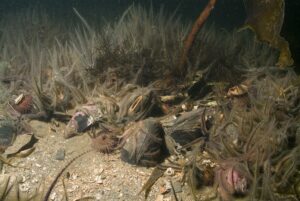Subscribe
Login
0 Comments
Newest

 Benthic Habitat – Scottish Natural Heritage photo.
Benthic Habitat – Scottish Natural Heritage photo.